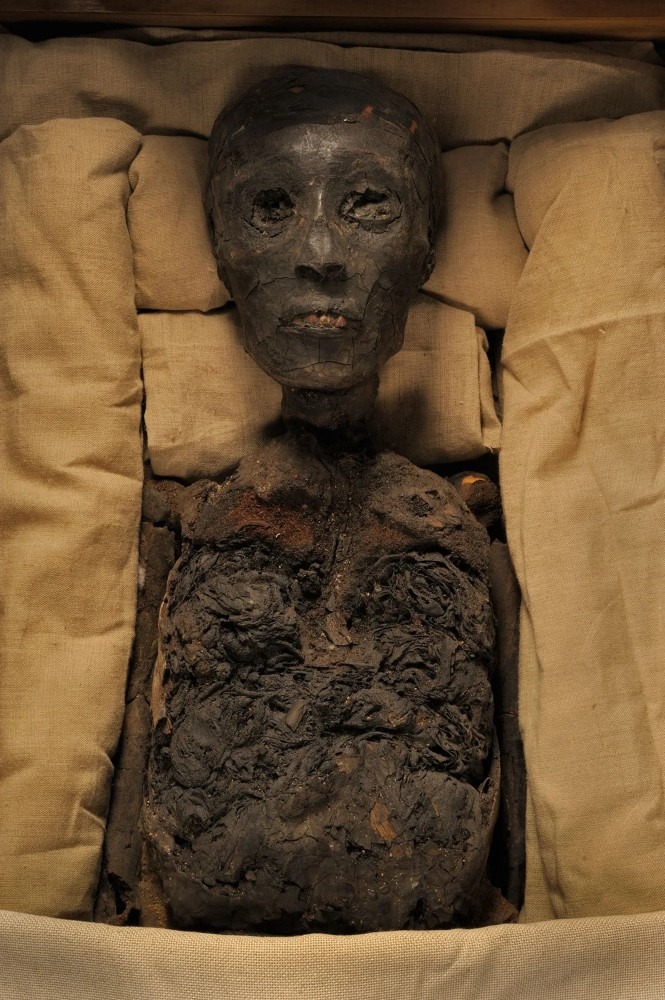
Tutankhamun – Offspring of a union between siblings, this often-studied pharaoh is now revealed to have had a congenital clubfoot afflicted with bone disease, which would have made walking painful. Inbreeding may have caused this deformity and even prevented him from producing an heir with his wife, who was probably his half sister.
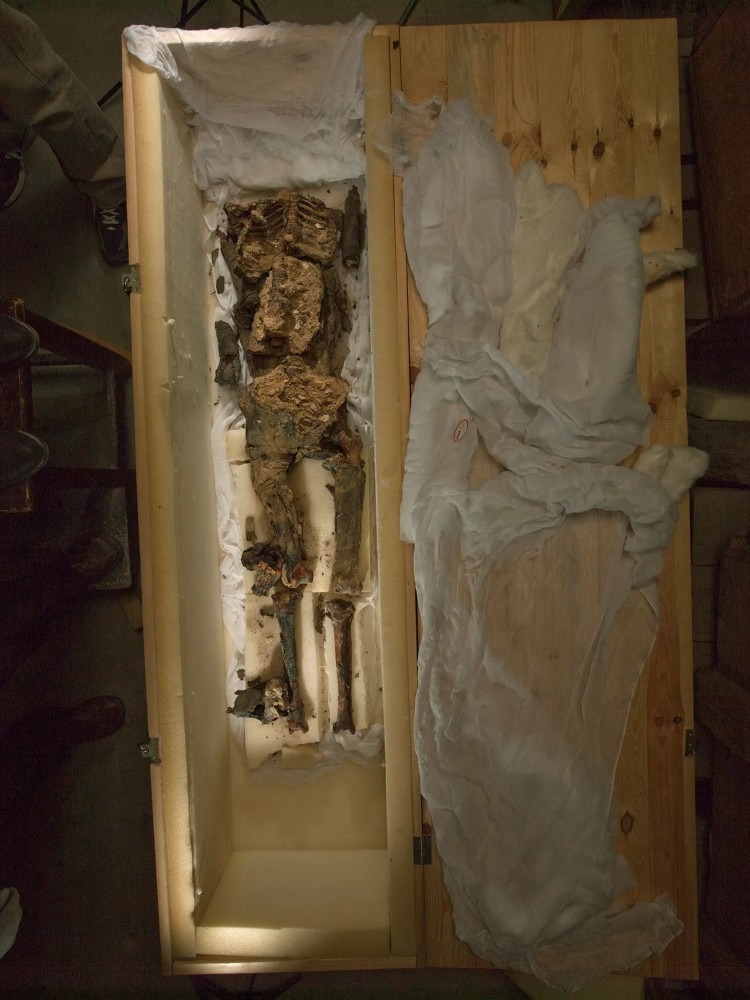
DNA results suggest that this mummy—made headless by vandals—could be the mother of at least one of the foetuses found in King Tut’s tomb. If so, she is likely Ankhesenamun, a daughter of Akhenaten, and the only known wife of Tutankhamun.
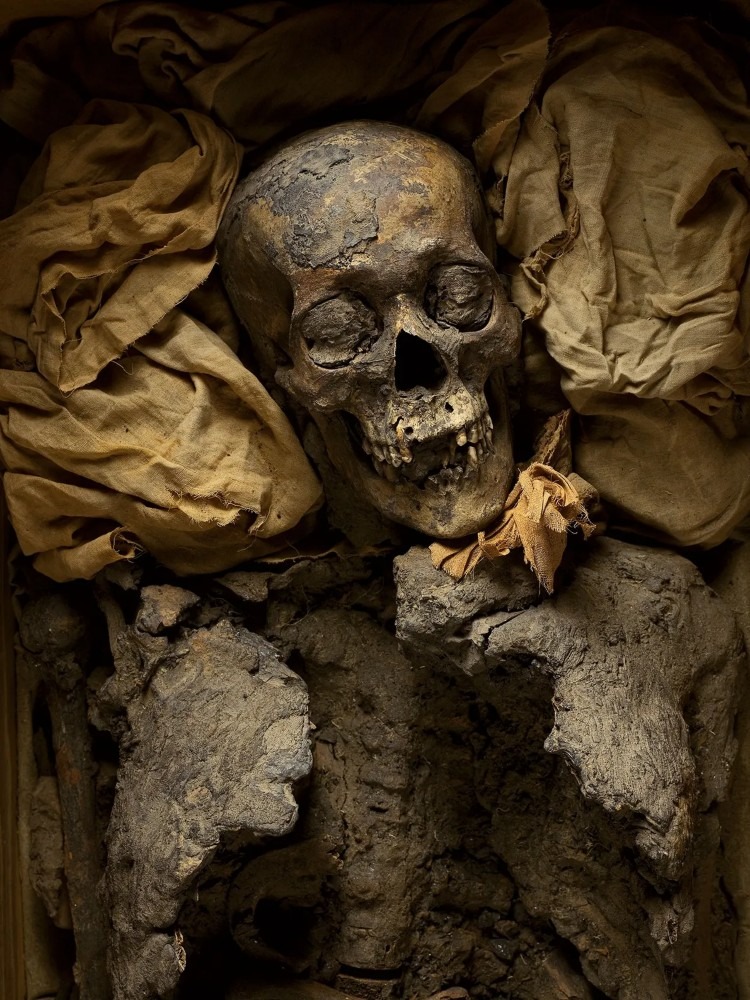
Amenhotep III ruled in splendour some 3,400 years ago. His body was found in 1898 hidden along with more than a dozen other royals in KV35, the tomb of his own grandfather, Amenhotep II.
DNA analysis has identified this regal beauty as Tiye, Amenhotep III’s wife and Tut’s grandmother. She was embalmed with her left arm bent across her chest, interpreted as a queen’s burial pose. Her hair remains intact thanks to Egypt’s arid climate.
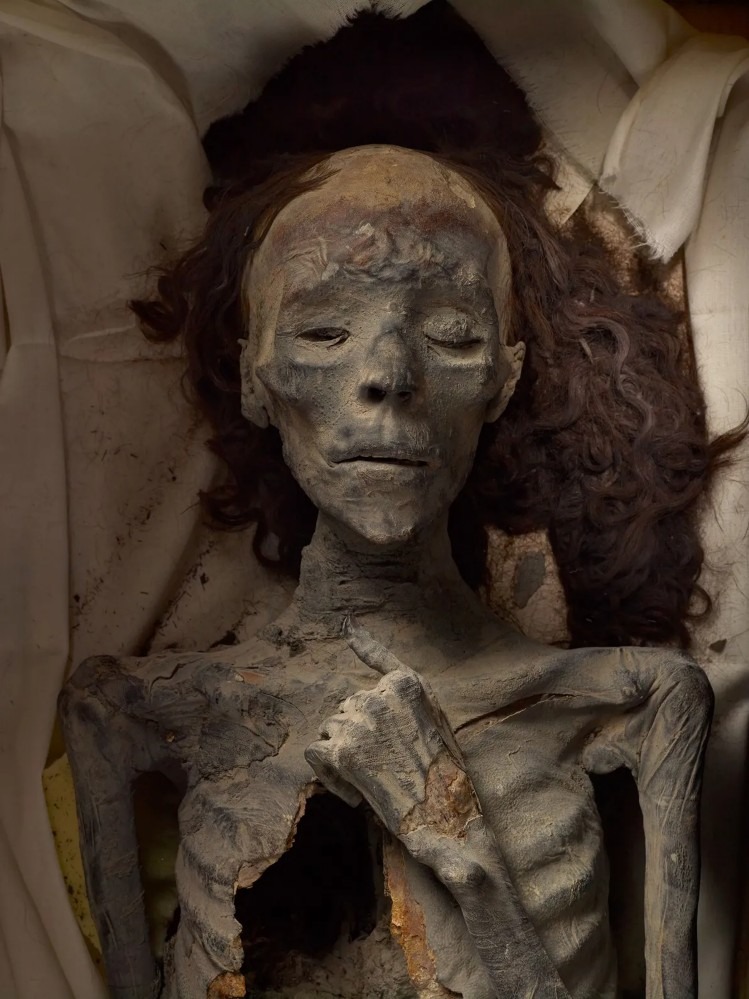
This badly decayed mummy was discovered in 1907. Royal epithets on its defaced coffin suggested it might be Akhenaten, the heretic pharaoh who forsook the gods of the state to worship a single deity. DNA confirmed the mummy to be Tut’s father.
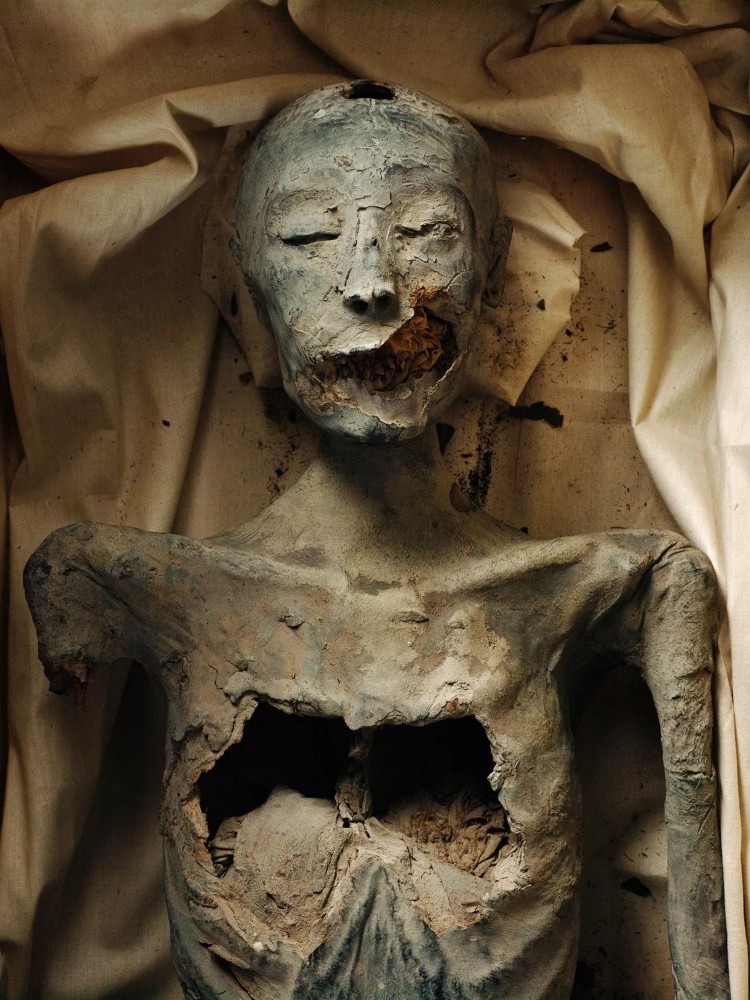
According to DNA tests, this mummy, known as the Younger Lady, is both the full sister of Akhenaten and the mother of his son, Tutankhamun. The Younger Lady is probably one of the five known daughters of Amenhotep III and Tiye.
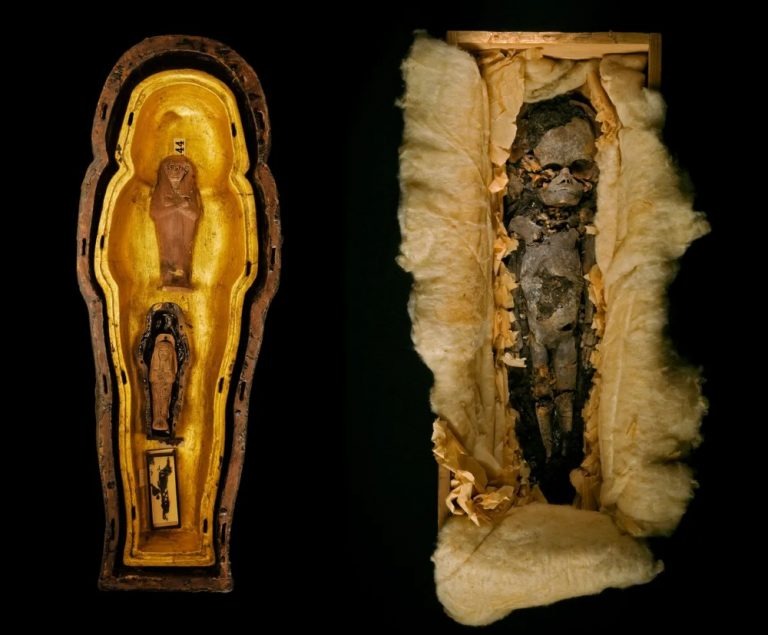
A foetus of at least seven months’ gestation (right) was found in Tut’s tomb along with a tinier, more fragile foetus. One or both may have been his daughters. Nested coffins (left) contained a lock of hair, perhaps from Tut’s grandmother Tiye.
Leave a Reply